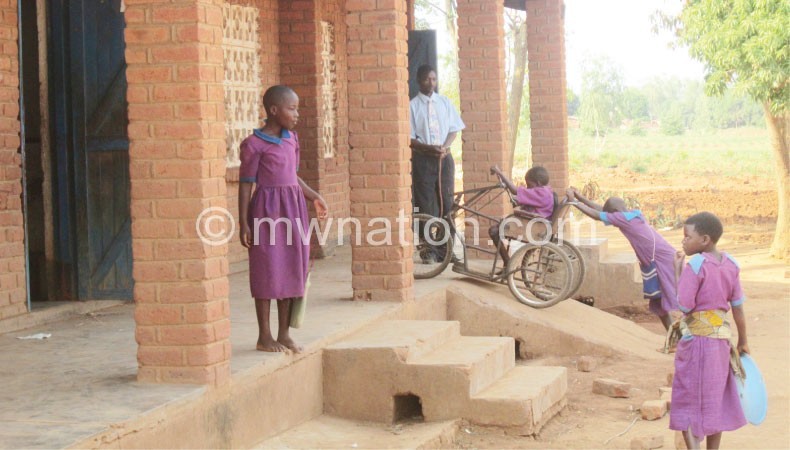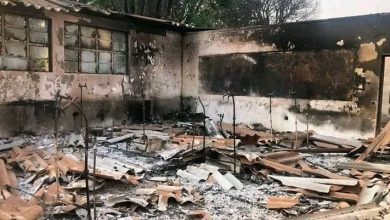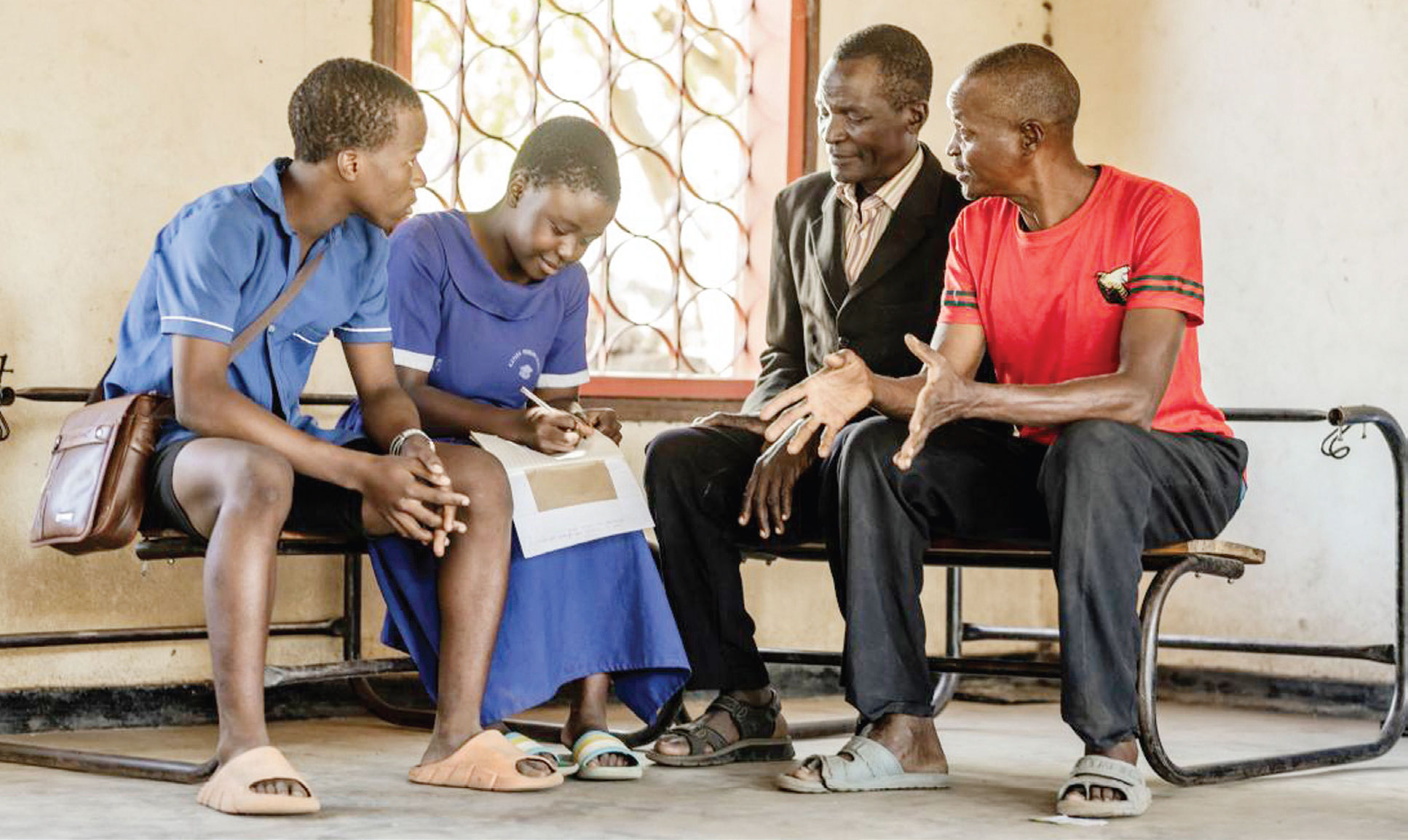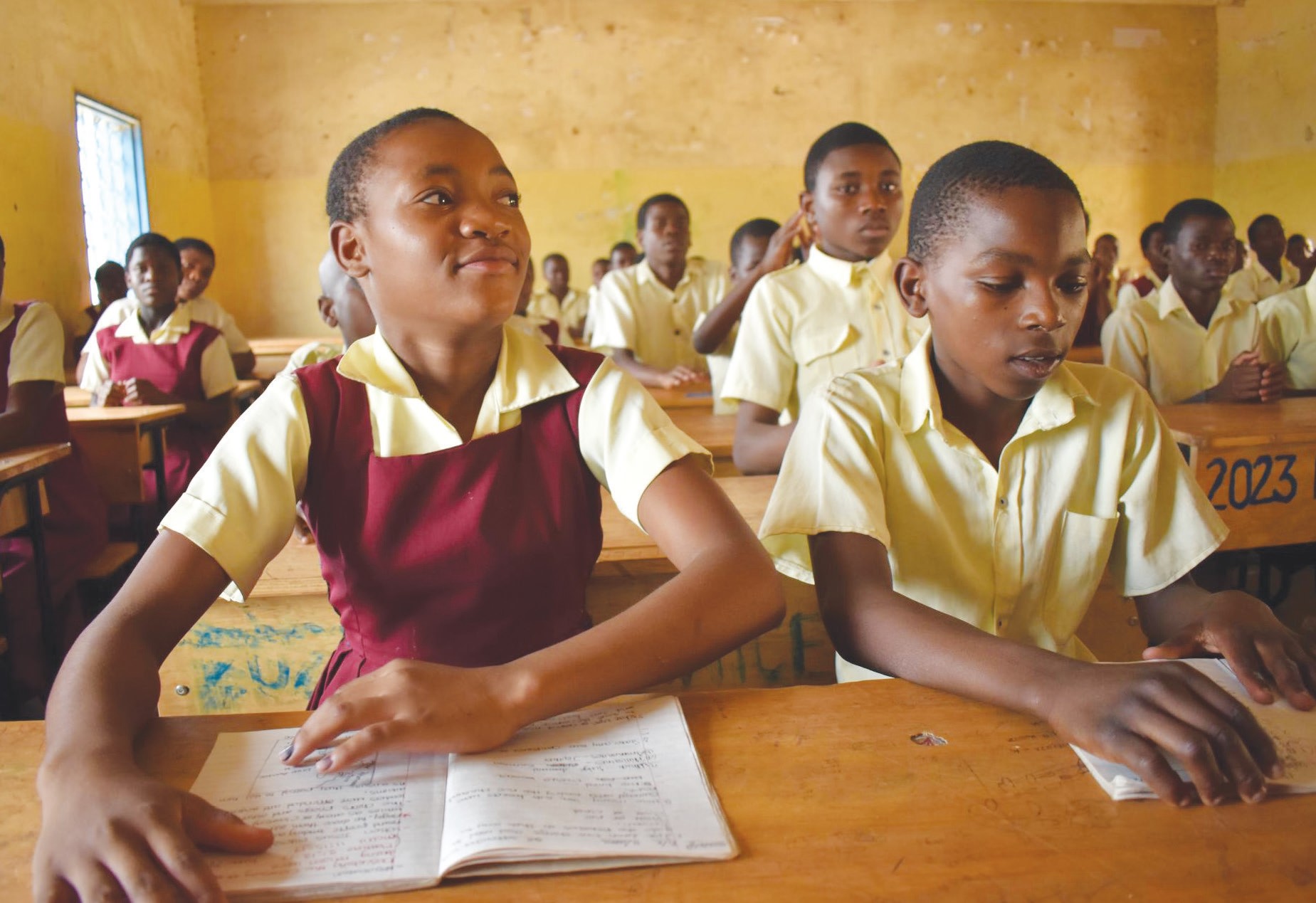A tale of two secondary schools
As government is poised to roll out a new science-driven curriculum this September, EPHRAIM NYONDO tells the story of two different secondary schools that will implement it.
Ernest Mawaya, 18, is a Form Three student at St Joseph Community Day Secondary School (CDSS) in Namalaka, about 60 kilometres north of Mangochi Boma. He has great dreams of his life.
“Studying medicine is my dream. When I see young doctors, I just want to be like them,” he says.
But his greatest hurdle is the secondary school which, ironically, is supposed to be his light.
It has two blocks—each with two classes. No library. No laboratory. Four toilets are seen about 500 metres from the classes.
But the worst thing for Ernest is probably that, physical science, a key subject in his quest of becoming a doctor, is not taught at his school.
“We do not have a physical science teacher. Even if we had, we do not even have a laboratory,” he says.
Driven by his immense dream to study medicine and having been sternly advised that he cannot make it without physical science, Mawaya is thinking of transferring to Mpondasi CDSS at the boma. The school, he says, has facilities that would help him pass physical science.
James Kuchilala, a teacher at Mpondasi CDSS, says it is quite common for students from distant CDSSs to come to study at Mpondasi Open CDSS because they are hungry for physical science.
“There are so many of them, most of them in self-boarding,” he says.
However, although Mpondasi has a laboratory, it only has one qualified physical science teacher.
“Of course, sometimes other teachers help in using their secondary school physical science knowledge, but that, too, is a challenge. But because of demand from the learners, we do not have an option,” continues Kuchilala.
Yet despite that, Mpondasi is the last hope for Mawaya. In fact, the mere thought that he will soon be leaving for Mpondasi, and become a self-border, fills him with great joy. He thinks it is a giant step towards fulfilling his dream.
But will Mawaya—who has spent the rest of his Form Three studying physical science on his own using textbooks he borrowed from friends 60 kilometers away—manage to catch up and produce a grade that would increase his chances of studying medicine?
Mawaya’s story is a contrast of Lusako Mwenegamba, a Form Three student at Maghemo Secondary School in Karonga.
Like Mawaya, Mwenegamba wants to study medicine. His secondary school has laboratories complete with all the apparatus for science subjects. It has adequate science teachers. Even the library is well stocked: each student has a physical science textbook.
Mwenegamba lives just two kilometers away.
“I know friends who were at the school and are now at the College of Medicine. I will make it too,” he says.
Will there be anything that would stop Mwenegamba to pull a good grade in physical science that would increase his chances of being considered for medicine?
The reality of Malawi’s education system, however, is that Mawaya and Mwenegamba will, in July next year, be sitting the same physical science examination, both theory and practice, without considering their poles-apart story.
The tragedy is that this is a tale of many students in the country’s secondary schools.
Rebecca Phwitiko, spokesperson for the Ministry of Education, Science and Technology, says Malawi has 1 396 secondary schools.

“We have four national governmental secondary schools; 19 national grant-aided secondary schools; 43 district boarding schools; 59 government day secondary schools; 674 CDSSs; 112 registered open secondary schools; and 285 registered private secondary schools,” she says.
She adds that there are many small CDSS, that are relatively costly to run, in terms of teachers and teaching and learning materials, but of low quality.
“These CDSSs lack good facilities, such as laboratories and this makes the teaching of sciences difficult. Most of our secondary school students are in CDSSs,” she says.
This means most of those that are in government secondary schools today, are either in the 674 CDSSs or the 112 registered open secondary schools.
This is the socially-dividing education environment which those that will start Form One in the next academic calendar, beginning this September, will find.
Yet, government, is set to roll out a new curriculum that will make science mandatory in all schools.
“Eight subjects will form part of the core teaching component in this new curriculum namely; English, history, geography, agriculture, mathematics, physics, chemistry and biology,” says Phwitiko.
She says the curriculum will be rolled out in a linear mode.
“We will be beginning with Form One in September 2014; Form Two in September 2015; Form Three in September 2016 and then finally Form Four in September 2017,” she says.
She adds that there will be no disruptions as the implementation will be linear.
However, this underlying philosophy of this curriculum has been government’s drive to improve science and technology in the country.
As part of this, government has split physical science into physics and chemistry to, according to Phwitiko, strengthen the teaching of science.
“As a Ministry, we realise that there is a need to strengthen the teaching of sciences in order to train more science minds,” she says.
However, with the tale of two secondary schools in mind, are Malawi schools really ready for this new science-driven curriculum?





